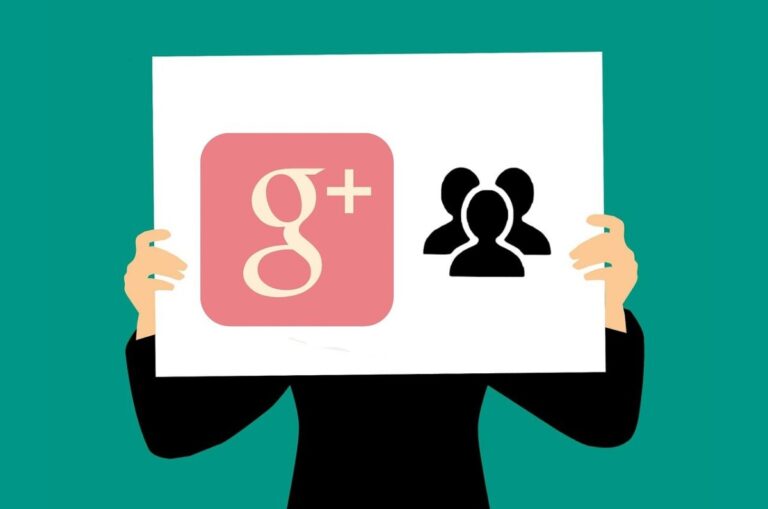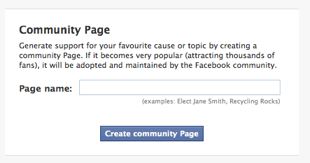Google+ pages are here – what does it mean for fundraisers?

Yesterday Google rolled out a new feature on their new social network Google+, namely Google+ branded pages.
So far Google+ has received mixed reactions from various users. Tech innovators and social media marketers join the network to share new developments, very often also attracted by secure privacy features and ability to download your own data (which also provoked Facebook to introduce this long awaited option on their network too).
UK-based fundraising voices expressed initial disappointment and await more traction on this network. The general public seems to like this new social network – within 16 days of its launch Google+ hit its first 10 million users and it continues growing (below stats via GooglePlusBlog).
Advertisement
Initially Google+ could be created anonymously which meant that some organisations (like WizzKids for example) could create profiles for brands (you can see that those pages will not have a small grey square icon next to their avatar). Later on terms and conditions of this service have changed and now only personal profiles can be created this way. For brands and organisations Google provides alternative to well known Facebook fan pages – Google+ branded pages.
We have posted our initial reactions last night, but you can also see other blog posts on the topic. Max Tatton-Brown sums up the meaning of this development pretty well in this post here:
“No matter how much or how little you plan to use your Google+ brand page, it’s a game you’re going to want to be in, in the same way that you want to be on Google itself. And with the heritage of Google Analytics, you can bet you’ll be able to measure its performance directly and in detail.”
Socialstatistics also provides Google+ stats now, so we hope to see more value in this particular on-line presence. But social media is not all about stats. The reason why Google+ is so attractive to early adopters is the fact that the network responds to many issues Facebook was not willing to address for years – privacy, contact management, data ownership, clarity. You almost feel like Google took all the best of Facebook combined with response to all the valid criticism and created a network which basically is a good product.
For late adopters the question still remains – should we invest out time and resources in Google+ pages? Considering that Google has a great palette of free, fully functional tools (blogging – Blogger, photo sharing and editing – Picasa, video sharing and editing – YouTube, reading – RSS feed reader, productivity – Google dos and apps, specific tools for nonprofits and many more) as well as good mobile integration and integration with the web (via Google + embeddable button) and starting today really useful for your on-line visibility search integration (try typing “+” and add your favorite brands to see their Google+ pages) I personally cannot see how this platform will not succeed. So we have two choices as fundraisers. We can wait until Google+ population grows, large brands reach out to huge audiences and then we step in on a save ground. We can also set up our Google+ pages today and live the process of innovation, risk a little bit of experimentation with additional option Google still needs to add (multiple page admins, tagging pages, smooth shift between personal and branded pages, migration from personal profile to a page) but be actively present there before our competition does.
I am personally really happy to see few innovative nonprofits entering this arena. Few regional offices of Greenpeace set up their pages yesterday. Save the Children UK was up and running last night and started posting today happily reaching 130 readers already (Update: actually I made a mistake writing it – it is the number of people who liked the page, actual followers reached over 7000 people). Howard Lake has also identified Marie Curie Cancer Care’s page last night. Like with every new social media tool the initial fase is always based around experimenting, testing and adjusting our internal processes and resources to initial reactions, so I am really happy to see few good innovation leaders there.
How to make the most of Google+?
How can we make the most of this new tool? It once again depends on the goals of your organisation. It seems to be pretty powerful tool for reaching larger audiences and positioning your brand – the ripple effect works way faster than on Facebook (130/7000 followers in half a day is not a bad result for a charity!). Specific updates can be shared and promote your work too. Specific tools can be used for creative engagement – Halloween photo editor on Google+ for example was really successful in engaging around specific almost global event. Photo collections can be – and have been already – used for presentations. Google+ Hangouts (multiple user video chats) can save you a lot of money and time spent on presence at and travel to meetings, but it can also drive transparency if you open them to the public. Even the avatar on page profile can be used to creatively (check out our page for example, make sure you click on the avatar few times).
With the speed of its growth I can honestly say that I expect in one year time our brands will be expected to be present on Google+. So if you want to give it a go but you are not familiar with Google+ I suggest this basic introduction by Mashable. Every personal profile can now create a page too and the process it pretty straight forward, but I am sure that Mashable will update their guide shortly too. So set up your organisation with a Google+ page and try it out. Next step for all of us will be to understand the dynamics of conversations between people and brands so that we do not talk to Google+ users the same way we do it on Facebook and to make our conversations interesting and valuable. But that is a topic for a completely new blog post…
Oh, just in case if you need to convince your management as to the value of Google+ here is a small infographic – these are the most recent stats I could find.

Update
The actual number of Save the Children UK on Google+ is actually 7,037: 130 was the number of people who liked the page, which is now 144. Apologies for the original mistake!




